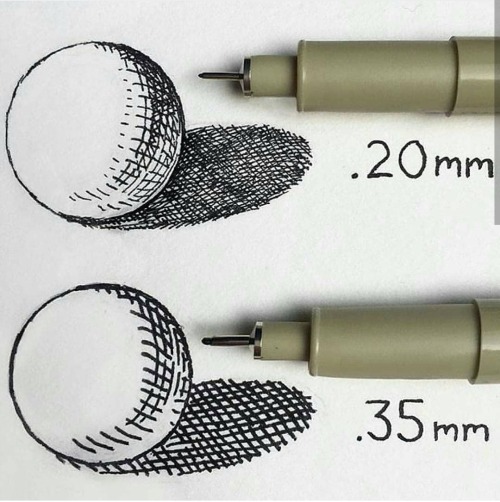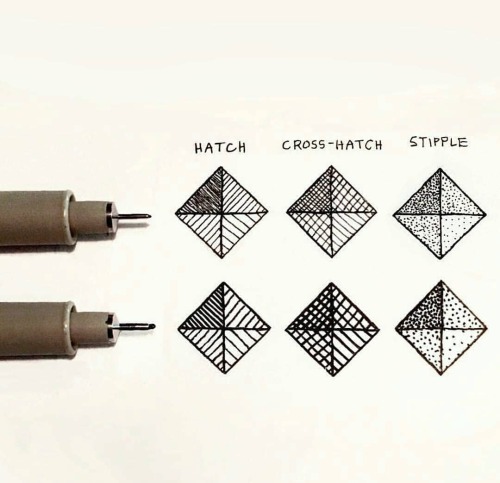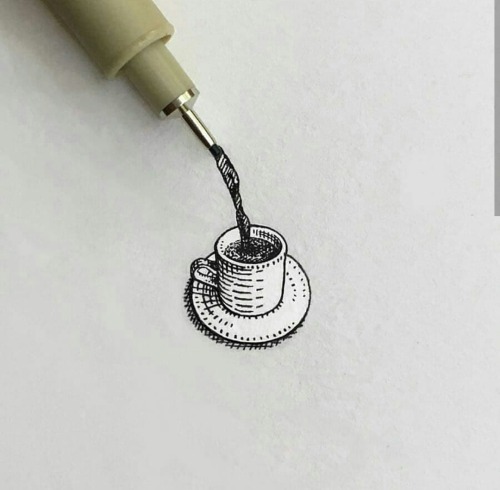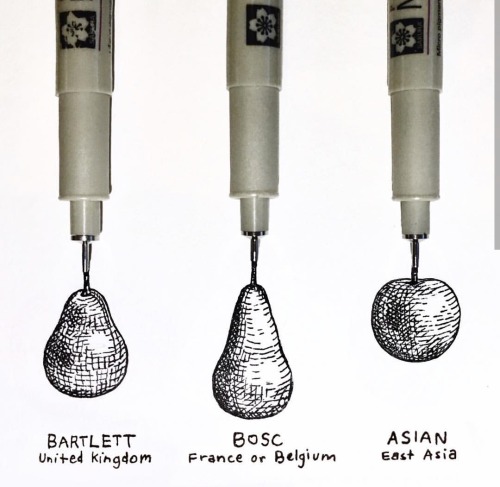How Brain Develops Before Birth Is Tightly Controlled By RNA Modification
How Brain Develops Before Birth is Tightly Controlled by RNA Modification
A chemical tag added to RNA during embryonic development regulates how the early brain grows, according to research from the Perelman School of Medicine at the University of Pennsylvania. The findings were published in Cell.

(Image caption: A human forebrain organoid labeled with Green Fluorescent Protein (green), neural stem cell marker SOX2 (red) and cell nuclei marker (blue). Credit: Xuyu Qian and Guo-li Ming, Perelman School of Medicine, University of Pennsylvania)
Neuroscience professors Guo-li Ming, MD, PhD, and Hongjun Song, PhD, study the basic principles of how to make a working brain. “When this development goes awry, problems happen and may cause psychiatric disorders in people,” Song said. Ming and Song use animal models and organoids, also called mini-brains, made from human stem cells to relate their findings to conditions found in people.
In the last few years, scientists have discovered chemical modifications to messenger RNA (mRNA) across the genome at certain sites and found that these changes are dynamic, meaning that a specific chemical group is added and taken off by enzymes in a regular, patterned way. The chemical group studied in the Cell paper, m6A, is the most prevalent modification to mRNA in human cells.
“We asked: Is this another layer of regulation of gene expression?,” Ming said.
The current thinking is that a tightly controlled molecular process guides the complicated development of the brain before birth—and that the process relies on a precise sequence of genes being turned on and off. However, even subtle mistakes in this process can become amplified later. Song likens this process to a train moving onto the wrong track and ending up miles and miles from its intended destination.
The classic view of this control is that DNA codes for RNA, guiding which proteins will be made by cells. However, mRNA can be modified along the way so that it can produce proteins with many variations. A new field called epitranscriptomics was born out of this knowledge.
The Cell paper is the first study of epitranscriptomics in the embryonic mammalian brain, and the key is m6A, a marker for molecules bound for disposal within the cell. Normally, m6A-tagged mRNAs are related to such processes as cell replication and neuron differentiation, and m6A-tagging promotes their decay after they are no longer needed.
If m6A is not added on the correct time schedule to a garbage-bound molecule, the developmental train goes down the wrong tracks. Ming and Song surmise that this is because developing brain cells get stuck at an earlier stage because the m6A cues for taking out the cellular trash are misread or not read at all.
The researchers found that in a mouse model with depleted m6A, cell replication is prolonged, so that stem-cell differentiation, which normally reels out daughter cells in an orderly fashion, gets stuck. The knockout mouse develops less brain cells such as neurons and glia cells, and therefore has abnormal circuitry and a non-functioning brain.
“We used an organoid, a mini-brain, made from human induced pluripotent stem cells to relate the mouse knockout findings to humans,” Ming said. “m6A signaling also regulates neuron development in human forebrain organoids.”
Neuron development in the mini-brains that Ming has developed is similar to what happens in people, modeling fetal brain development up to the second trimester.
“We were surprised when we found that human stem cells had a greater number of m6A tags compared to mouse cells,” Ming said. “Comparing the m6A-mRNA landscapes between mouse and human embryonic brain development showed us that human-specific m6A-tagging might be related to brain-disorder risk genes.”
Many of the genes associated with genetic risk for certain conditions, such as schizophrenia and autism spectrum disorder, are only m6A-tagged in humans, not in mice, raising the possibility that dysregulation at this level of gene expression may contribute to certain human brain disorders.
In the near future, the team plans to look for m6A levels in brain tissue donated by people who had psychiatric disorders, as well as if m6A regulates development and regeneration of the nervous system after birth.
More Posts from Iphleandro-blog and Others
From @park_kkone: “Benny and Berry❤️ Father and daughter👨👧💕#fatherslove . 베니와 베리❤️ 아빠와 딸👨👧 #딸바보 베니💕” #catsofinstagram [source: https://ift.tt/2NbX0xg ]

The “Squidworm” is believed to be a transitional organism from benthic worms to free-swimming pelagic worms. They are named Squidworms due to their tentacle-like branchiae and palps.
(source)





Arte conceptual de Legacy of Kain: Defiance Vol. 02










Art By IG: @bryanthegirl Instagram: @artwoonz

F-ZERO

How to create the creepy mirror effect using a panorama. By lililwanjun10










Just a reminder that I do have an etsy store with Legacy of Kain neckwarmers and badges, dragon age neckwarmers and bracelets, and all my Batman Illusion scarves!
Www.etsy.com/shop/polkadotnerd
I have a ton of expenses coming up soon, so reblogs are encouraged and appreciated!
smithsoniannmnh When calcium leached out from this scallop some 40 million years ago, it formed a halo that solidified the sediment around it. Unearthed in Washington state, the specimen now resides in our research collections. Happy #FossilFridayfrom our Department of Paleobiology and @SIxDIGI, who are well on their way to digitizing #1MillionFossils!
Breakfast far above the clouds, Pokut, Turkey
-
 pleasurehunter2000 liked this · 4 years ago
pleasurehunter2000 liked this · 4 years ago -
 cellbioblogger reblogged this · 6 years ago
cellbioblogger reblogged this · 6 years ago -
 hellafreak-girl-blog liked this · 7 years ago
hellafreak-girl-blog liked this · 7 years ago -
 studyflxwer reblogged this · 7 years ago
studyflxwer reblogged this · 7 years ago -
 billthepanda liked this · 7 years ago
billthepanda liked this · 7 years ago -
 devil-with-a-soul reblogged this · 7 years ago
devil-with-a-soul reblogged this · 7 years ago -
 oscaroloya liked this · 7 years ago
oscaroloya liked this · 7 years ago -
 leftbrainedblog reblogged this · 7 years ago
leftbrainedblog reblogged this · 7 years ago -
 asclepiusdiabetic liked this · 7 years ago
asclepiusdiabetic liked this · 7 years ago -
 dislxx reblogged this · 7 years ago
dislxx reblogged this · 7 years ago -
 dislxx liked this · 7 years ago
dislxx liked this · 7 years ago -
 eightacres liked this · 7 years ago
eightacres liked this · 7 years ago -
 human-heuristic liked this · 7 years ago
human-heuristic liked this · 7 years ago -
 theosaretinsaga reblogged this · 7 years ago
theosaretinsaga reblogged this · 7 years ago -
 di-dee reblogged this · 7 years ago
di-dee reblogged this · 7 years ago -
 densithough liked this · 7 years ago
densithough liked this · 7 years ago -
 peaceful-dragon-blog liked this · 7 years ago
peaceful-dragon-blog liked this · 7 years ago -
 sun-joy liked this · 7 years ago
sun-joy liked this · 7 years ago -
 wdrash liked this · 7 years ago
wdrash liked this · 7 years ago -
 alelandstrips liked this · 7 years ago
alelandstrips liked this · 7 years ago -
 perseverant-paladin-blog liked this · 7 years ago
perseverant-paladin-blog liked this · 7 years ago -
 thee-primemover-des-blog liked this · 7 years ago
thee-primemover-des-blog liked this · 7 years ago -
 iphleandro-blog reblogged this · 7 years ago
iphleandro-blog reblogged this · 7 years ago -
 supernano33 liked this · 7 years ago
supernano33 liked this · 7 years ago -
 amhlope liked this · 7 years ago
amhlope liked this · 7 years ago -
 blancaleona reblogged this · 7 years ago
blancaleona reblogged this · 7 years ago -
 bushninpatel liked this · 7 years ago
bushninpatel liked this · 7 years ago -
 spaceman-of-space liked this · 7 years ago
spaceman-of-space liked this · 7 years ago -
 spaceman-of-space reblogged this · 7 years ago
spaceman-of-space reblogged this · 7 years ago -
 rayneebony reblogged this · 7 years ago
rayneebony reblogged this · 7 years ago -
 lux-mentis reblogged this · 7 years ago
lux-mentis reblogged this · 7 years ago -
 halfchecked liked this · 7 years ago
halfchecked liked this · 7 years ago -
 tastethebrainbow liked this · 7 years ago
tastethebrainbow liked this · 7 years ago -
 beardedmuggothpalace-blog liked this · 7 years ago
beardedmuggothpalace-blog liked this · 7 years ago -
 bushninpatel reblogged this · 7 years ago
bushninpatel reblogged this · 7 years ago -
 twistedtrifold liked this · 7 years ago
twistedtrifold liked this · 7 years ago -
 krumpirka liked this · 7 years ago
krumpirka liked this · 7 years ago -
 discoinferno420 liked this · 7 years ago
discoinferno420 liked this · 7 years ago -
 kazeto liked this · 7 years ago
kazeto liked this · 7 years ago -
 renrew92 liked this · 7 years ago
renrew92 liked this · 7 years ago